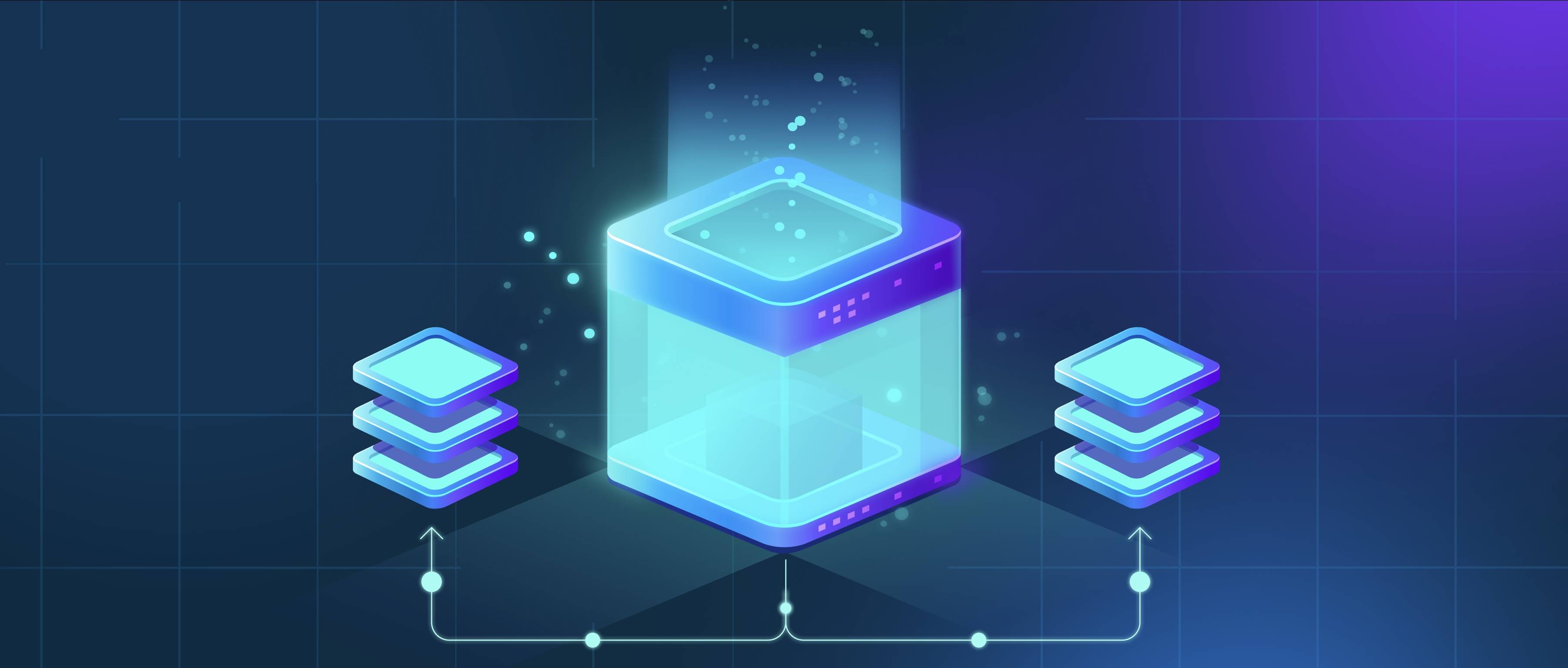Sharding and partitioning are both strategies used to manage and distribute data across multiple databases or servers, but they serve slightly different purposes. Sharding involves breaking a large database into smaller, more manageable pieces called "shards," where each shard is an independent database. This method is typically used to improve performance and scalability by spreading the load across multiple servers. For example, an e-commerce application may store user data across different shards based on geographical location, allowing users in different regions to access their data more quickly.
On the other hand, partitioning refers to dividing a single database into smaller parts, or "partitions," but retaining them within the same database system. Partitioning can improve query performance and manageability within a single database by organizing data into distinct sections based on specific criteria, such as date ranges or other attributes. For instance, a logging application might partition its data by date so that queries for recent logs are faster, while older logs are archived in different partitions.
In summary, the main difference lies in their implementation and scope. Sharding is about distributing data across multiple systems to enhance scalability and create independent data stores, while partitioning organizes data within a single database for improved management and query efficiency. Both methods aim to optimize performance but do so in different contexts and with varied architectures. Understanding these distinctions can help developers choose the right approach for their application's data needs, leading to better performance and easier maintenance.
